
Forestry apparel
Chaps 18
18-784W / N18-784W / GR18-784W
Any worker using a chainsaw must wear pants that comply with the Protective Clothing for Users of Hand-held Chainsaws standard, as prescribed by the organizations responsible for enforcing labour laws in Canada and the United States.
All our forestry pants are certified with the Canadian UL ASTMF3325-20 standard and the American UL ASTMF1897-20 standard - Leg protection for chainsaw users.
These standards define the safety requirements for protective clothing when using chainsaws to minimize the risk of injury caused by cuts in the saw chain.
Compliance with this standard requires that protective clothing withstand the saw chain's penetration at a specified speed to protect the user against cuts. In addition, they must be designed to reduce the risk of saw-chain snagging. The standard also specifies test methods for assessing the resistance of protective clothing to chainsaws, including penetration resistance tests and chain snag resistance tests.
When purchasing chainsaw protection pants, ensure the standard is clearly visible and identified on the outside of the garment. This standard defines two main classes, Class A and Class B, differentiated by the extent of protection offered:
Class A offers extended protection, while Class B offers standard protection. Choosing the appropriate class according to specific protection needs when using chainsaws is crucial, thus ensuring optimum safety for workers exposed to these risks.
*Our chainsaw protective clothing is also available in Class C, which complies with British Columbia's chainsaw protection standard.



Forestry apparel
Chaps 18
18-784W / N18-784W / GR18-784W
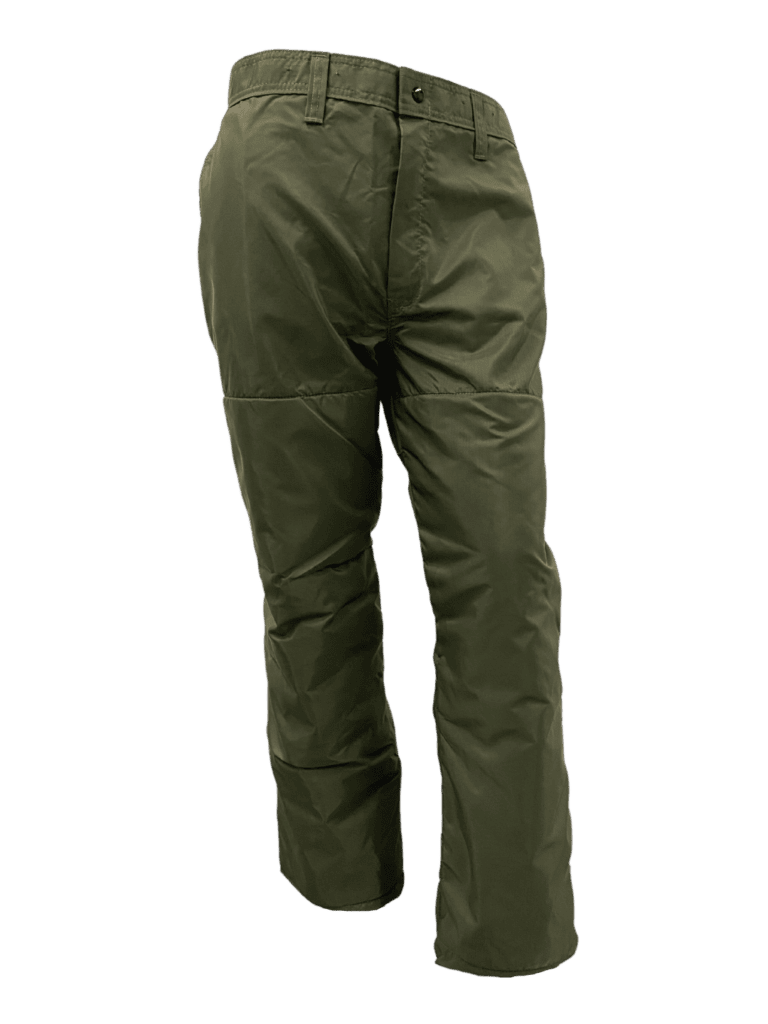
Forestry apparel
91 pants - 200D nylon
91-9951 / 91-5051
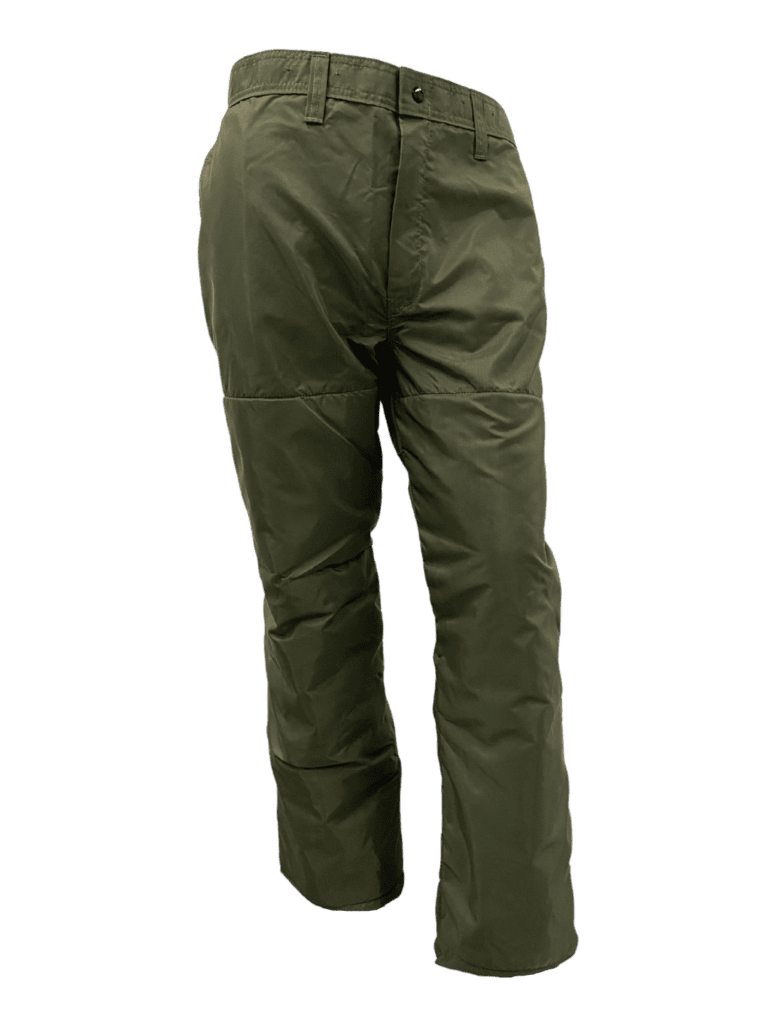
Forestry apparel
The 92 pants - Nylon 400D
92-9951 / 92-5051
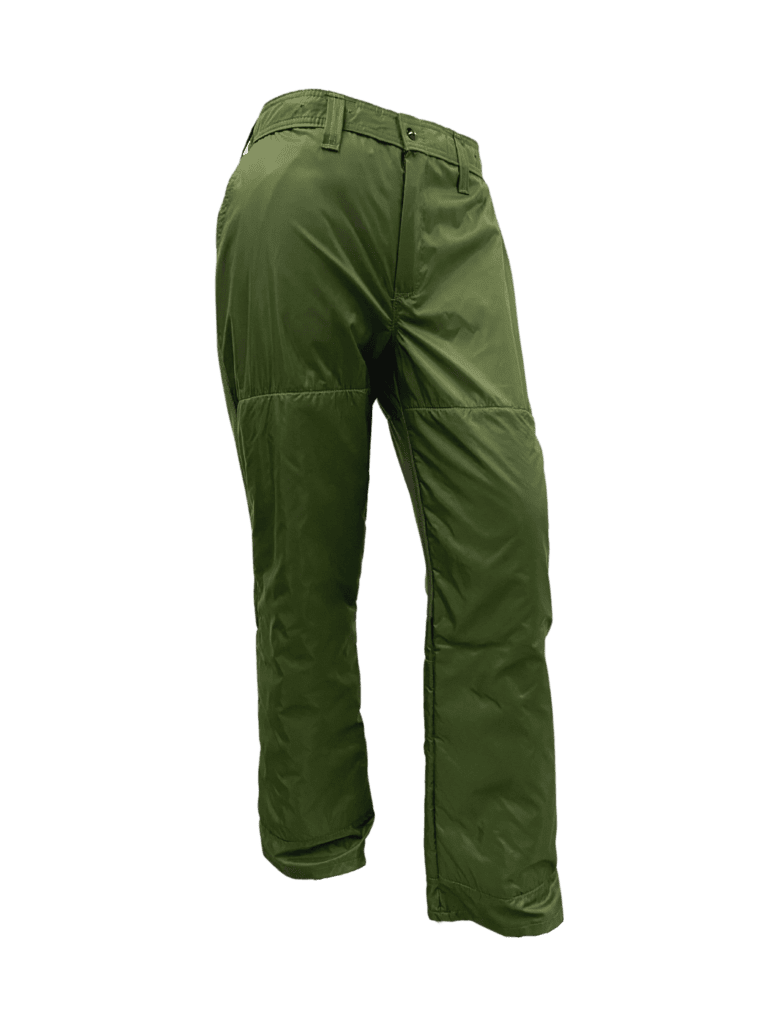
Forestry apparel
918 pants - 200D nylon & Polyester roving
918-9951 / 918-5051
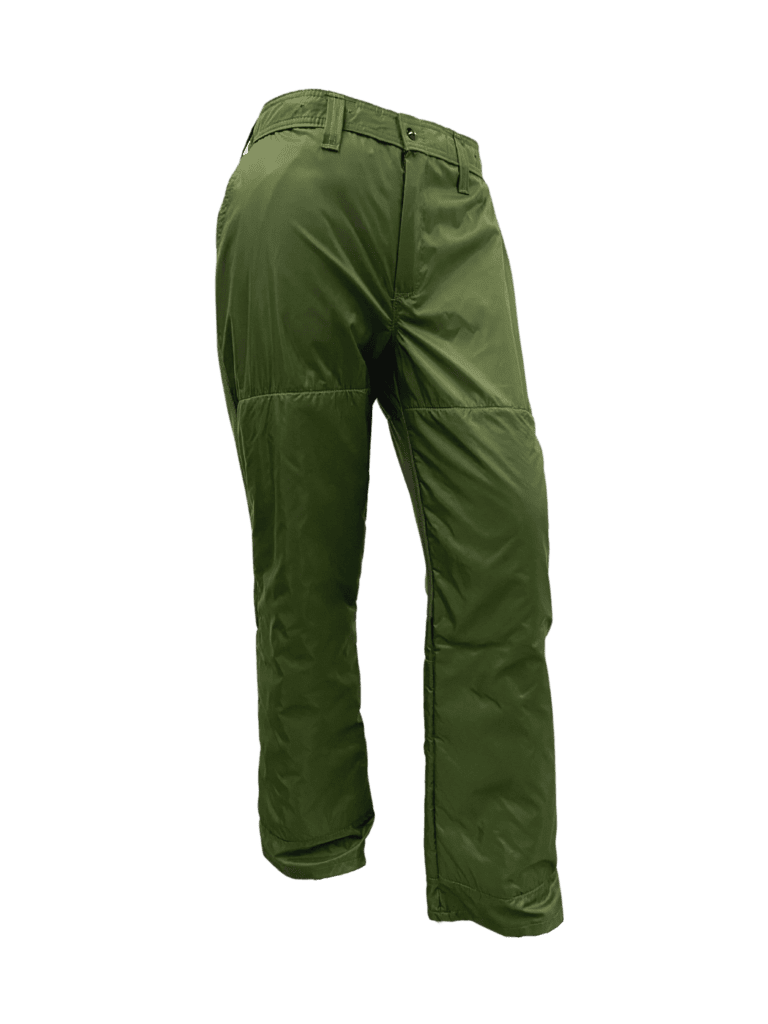
Forestry apparel
928 pants - 400D nylon & Polyester roving
928-9951 / 928-5051
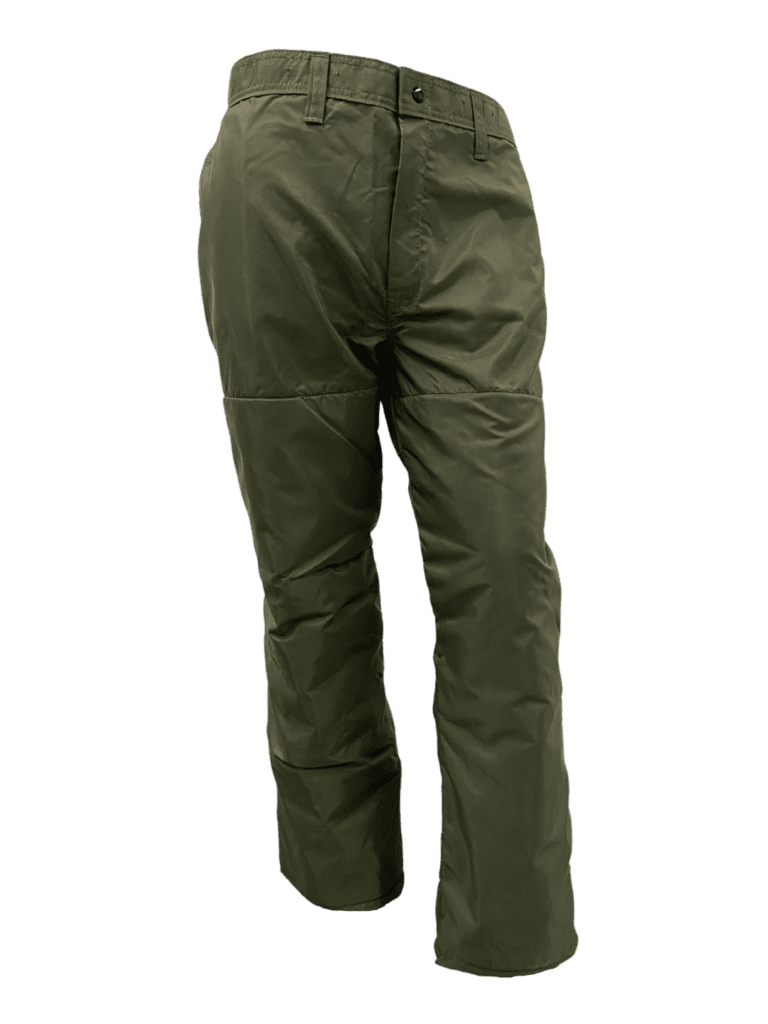
Forestry apparel
Pants 592 - Lined
592-9951 / 592-5051 / N592-9951 / N592-5051
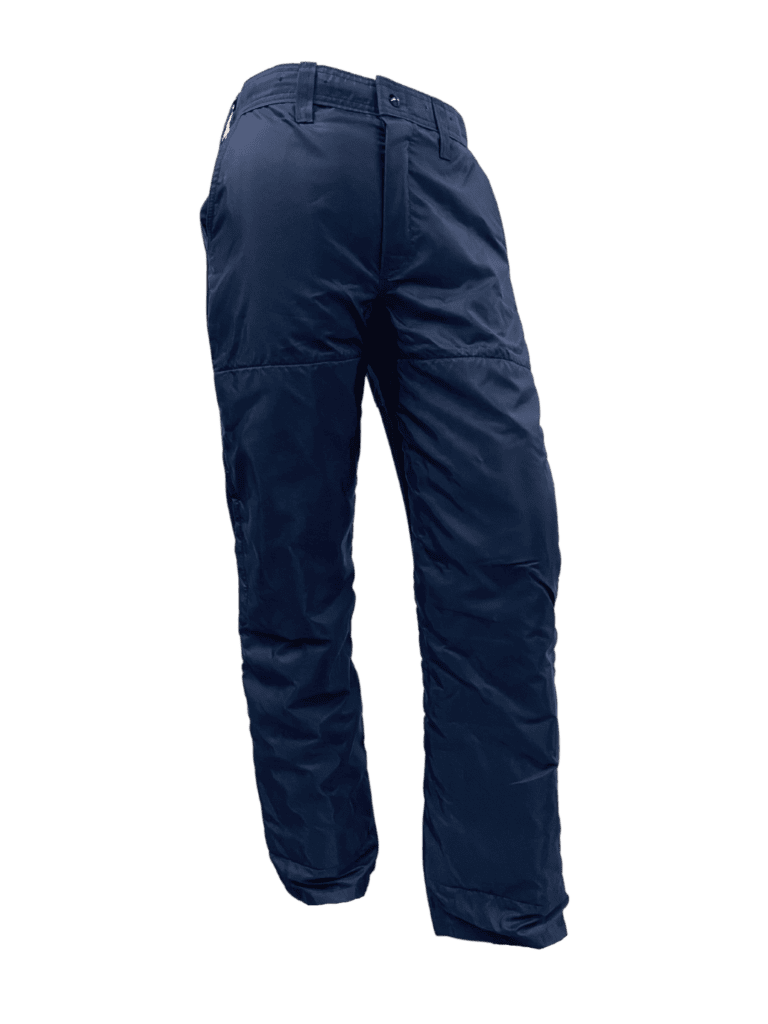
Forestry apparel
928 pants - 400D nylon & Polyester roving
N928-9951 / N928-5051 / N928-9951-1PC
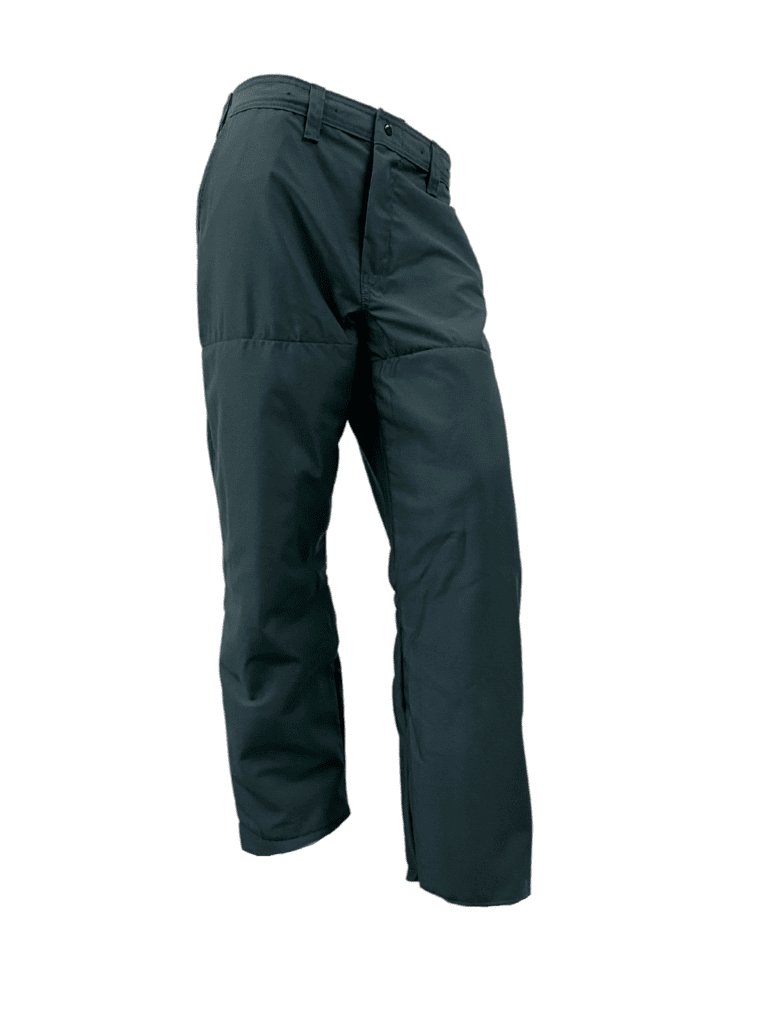
Forestry apparel
Pants 93 - All cotton
93-9951 / 93-5051
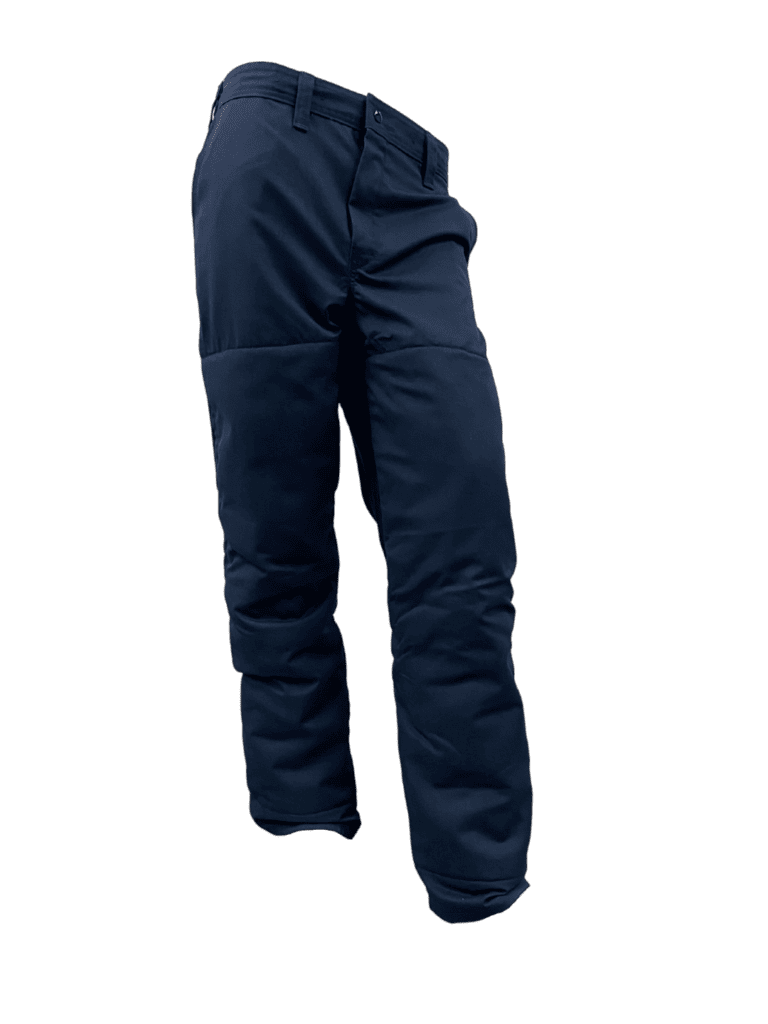
Forestry apparel
Pants 93 - All cotton
N93-9951 / N93-5051

Forestry apparel
938 pants - Cotton & Polyester roving
N938-9951
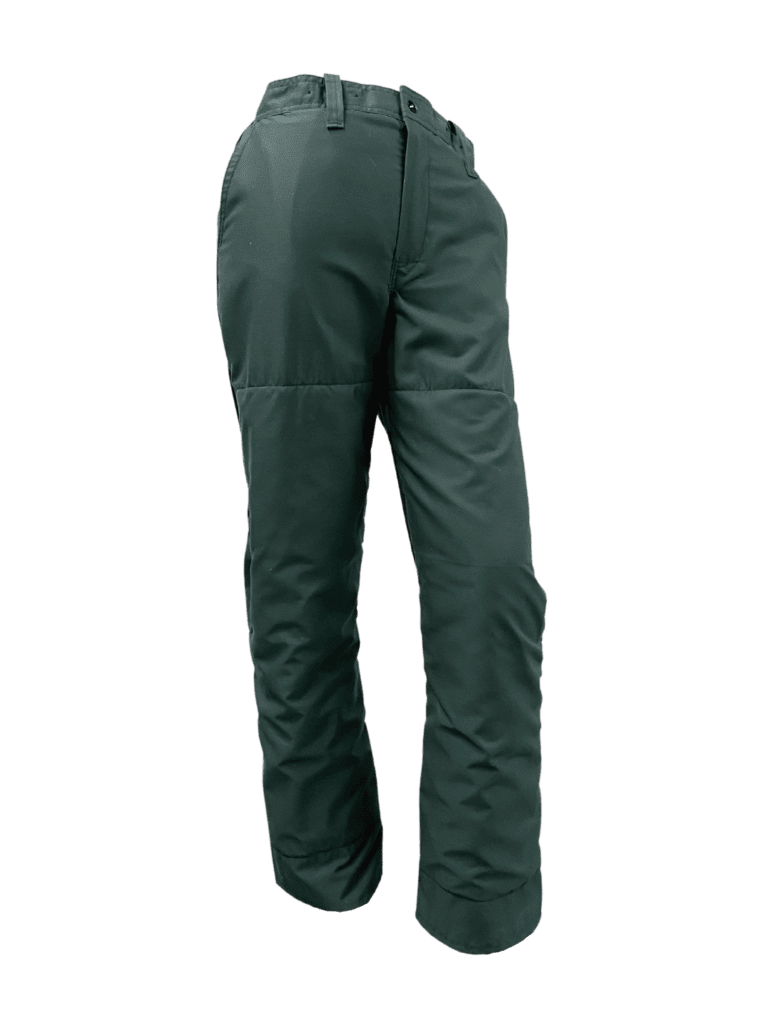
Forestry apparel
938 pants - Cotton & Polyester roving
938-9951
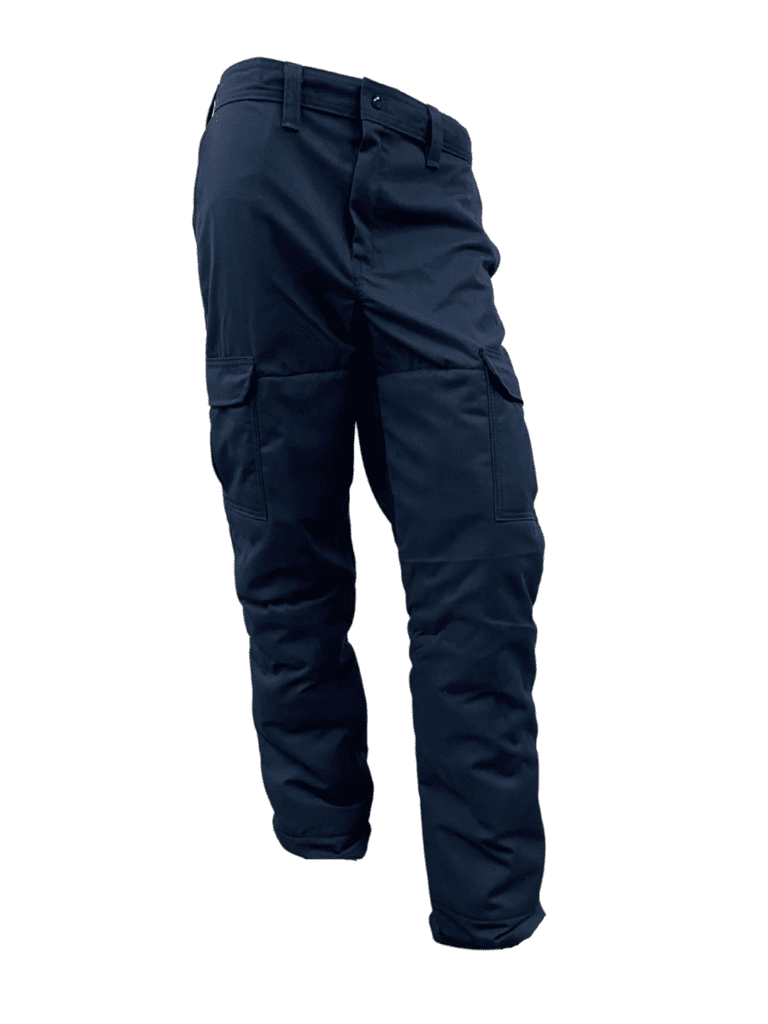
Forestry apparel
938 - Cargo pants in cotton & Polyester roving
N938-9951-2C / N938-9951-2CZZ